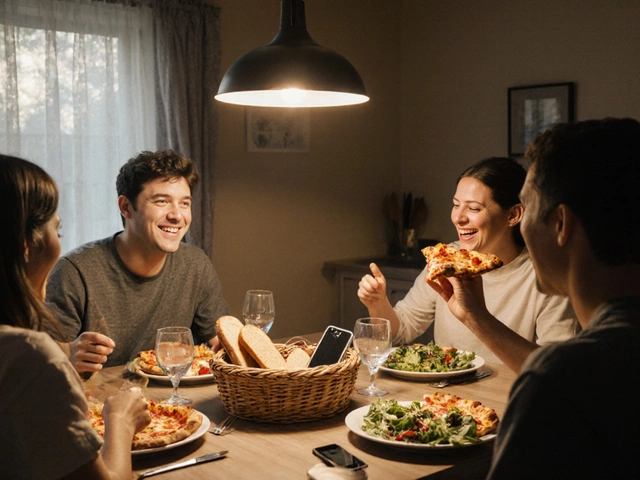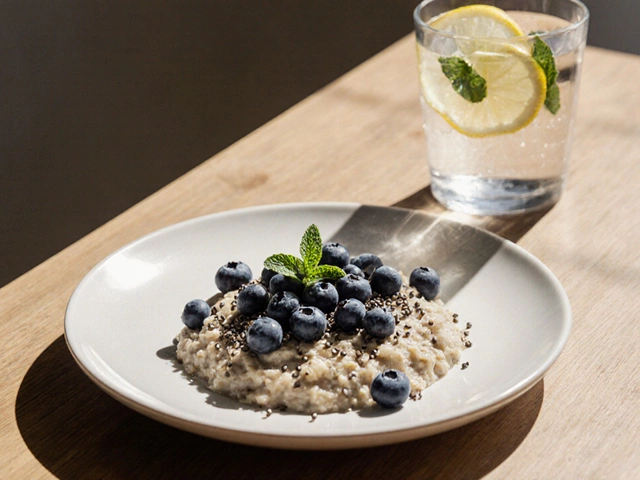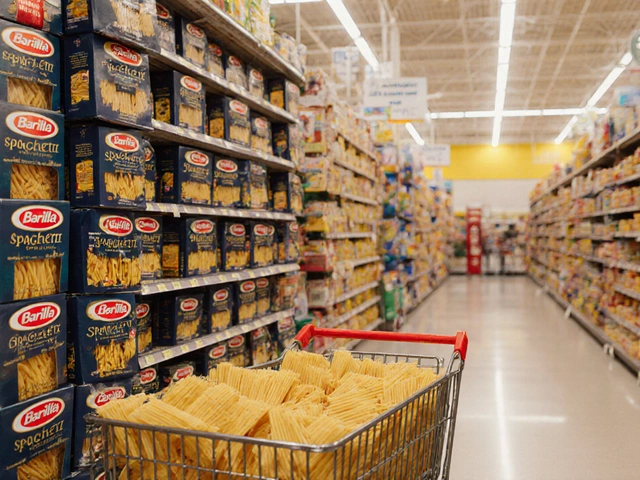Slow Cooker Safety: Simple Rules for Worry‑Free Meals
If you love set‑and‑forget cooking, a slow cooker is a kitchen hero. But without a few safety habits, you could end up with bland food or, worse, a health risk. Below are the most practical tips you can start using today.
1. Treat Raw Meat Like a Hot Potato
Raw chicken, beef, or pork belongs in the fridge until you’re ready to cook. When you drop it into the slow cooker, the meat stays in the danger zone (40‑140°F) for a long time before the temperature finally climbs above 165°F. To stay safe, brown the meat first in a pan. This not only kills surface bacteria but also adds flavor.
If you must add raw meat directly, make sure the cooker is on high for the first hour. That short burst of higher heat gets the internal temperature up faster, cutting down the time food spends in the danger zone.
2. Use the Right Lid Trick
Ever notice a watery stew after a long cook? A trick many home cooks swear by is placing a sheet of foil under the slow cooker lid. The foil creates a tighter seal, keeping steam inside and preventing excess liquid from escaping. This results in richer sauces and more tender meat without the need for extra thickening agents.
Just remember to press the foil snugly around the lid’s edge and avoid covering the vent holes. The vent still needs a little breathing room to prevent pressure build‑up.
3. Know What Not to Cook
Not everything belongs in a crockpot. Dairy‑heavy dishes, delicate fish, and leafy greens can turn mushy or separate. Also, avoid cooking large amounts of pasta or rice directly in the pot; they absorb too much liquid and can turn gummy.
Stick to sturdy vegetables (carrots, potatoes, onions), lean proteins, and sauces that benefit from low, slow heat. If you want to add quick‑cook items, toss them in during the last 30 minutes.
4. Keep It Clean and Covered
After each use, wash the crockpot insert with warm, soapy water. A lingering food residue can foster bacterial growth and cause off‑flavors the next time you cook. If you’re storing the cooker with food inside, make sure the lid is tightly sealed and the pot is refrigerated within two hours.
When cooking large batches, consider dividing the food into smaller containers for quick cooling. This prevents the temperature from staying in the danger zone for too long.
5. Follow Manufacturer Guidelines
Every slow cooker model has a weight limit and recommended liquid minimum (usually about 1 cup). Overfilling can cause spills, while under‑filling may lead to scorching. Check the manual for your specific model and stick to the suggested settings.
Also, never use a slow cooker on the stovetop, in the oven, or near water sources. It’s designed for countertop use only.
By applying these straightforward safety habits, you’ll enjoy hassle‑free meals that are both delicious and safe. Your slow cooker will become the trusty sidekick you imagined – no surprises, just great food every time.
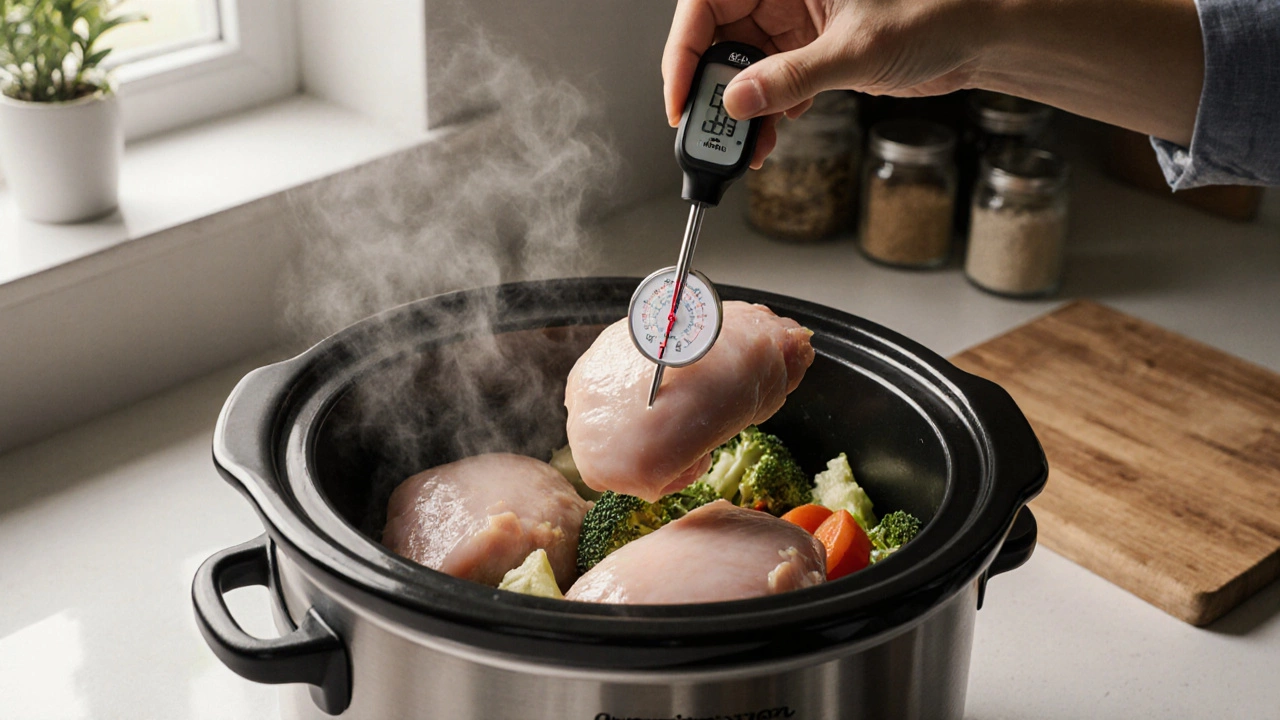
Can I Put Raw Chicken in a Slow Cooker? The Safe and Simple Truth
by Landon Weathers / 27 Oct 2025Yes, you can safely put raw chicken in a slow cooker. Learn how to do it right with the right cuts, timing, and temperature checks to avoid dry meat or food safety risks.
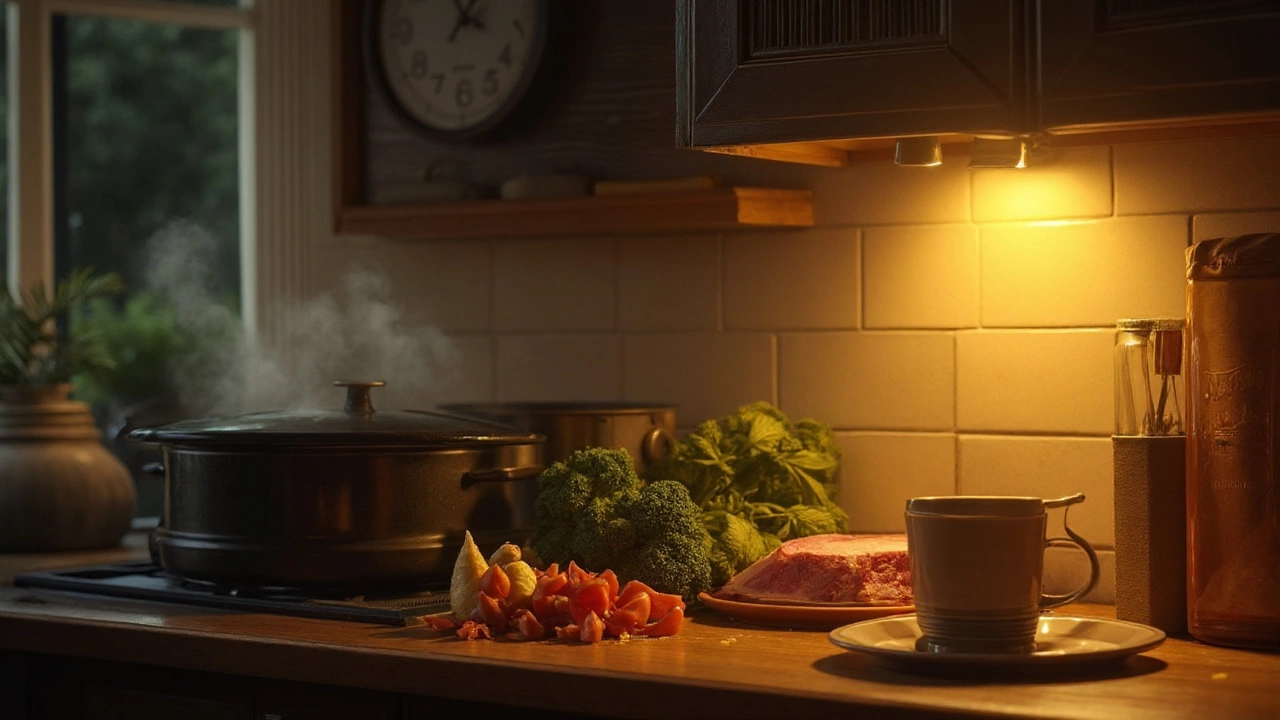
Is It Safe to Leave Meat in the Crockpot on Warm Overnight?
by Landon Weathers / 7 Aug 2025Wondering if you can leave meat in the crockpot on warm overnight? Discover the facts, food safety rules, and real-life tips for keeping your meal safe and tasty.
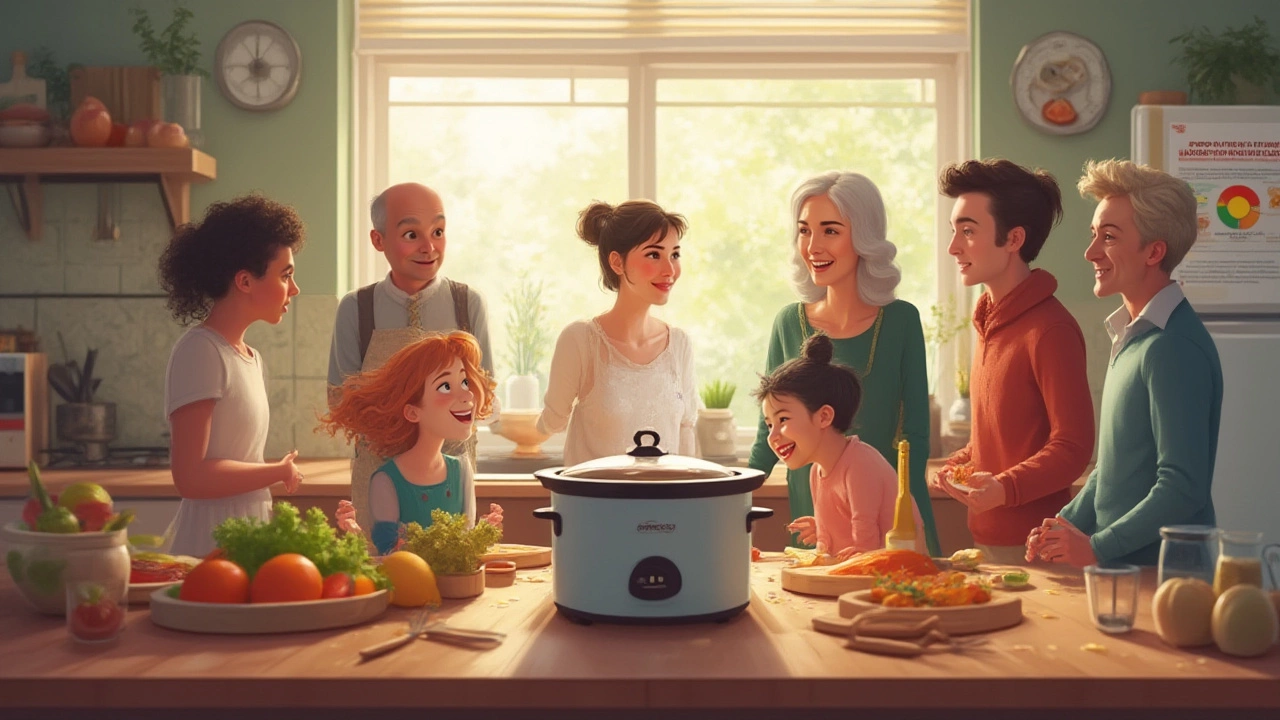
Crockpot Danger Zone: Safe Temperatures and Food Safety Tips
by Landon Weathers / 11 Jul 2025Worried about food safety while using your Crockpot? Learn what the 'danger zone' really means, how to avoid it, and expert tips to keep your slow cooker meals both delicious and safe for your family.
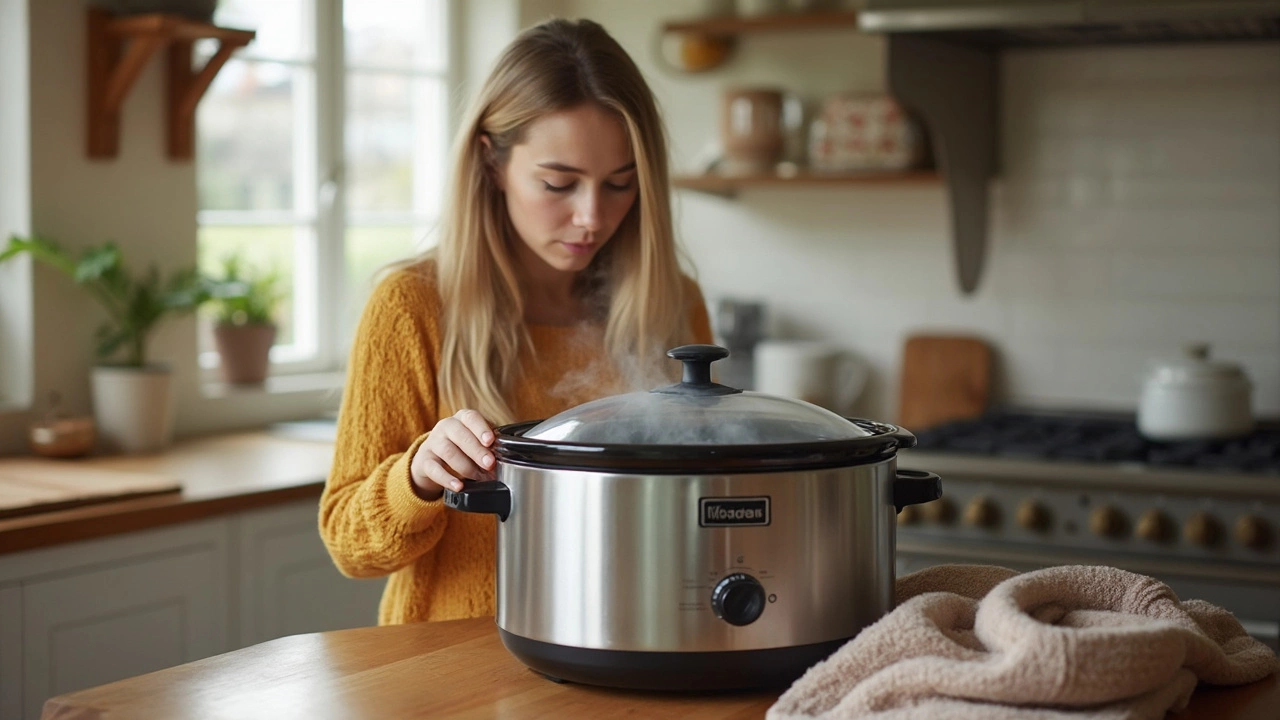
Can I Put a Towel Under My Crockpot? Safety, Smarts, and Slow Cooker Hacks
by Landon Weathers / 14 May 2025Ever wondered if you can stick a towel under your crockpot without causing a mess or a fire? This article breaks down whether it’s safe, when you might want to do it, and what kitchen pros actually recommend. Find out about common slow cooker hacks, real risks, and how to keep your kitchen and your slow cooker meals trouble-free. Plus, get simple tips most folks overlook. No guesswork, just straightforward advice.
